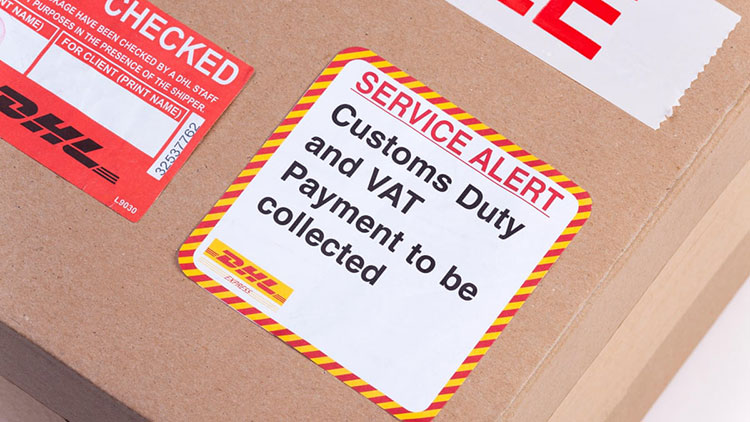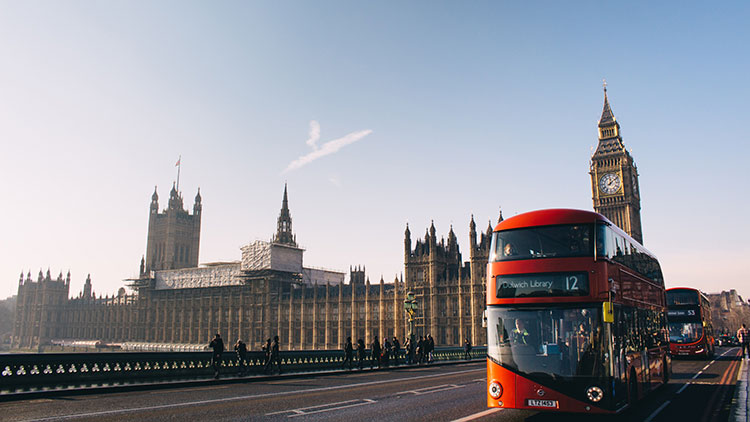The majority of 2020 was spent in a transition period between the UK and European Union, in which the EU laws continued to apply to the UK. Therefore, nothing changed for most aspects of businesses.
But the UK’s departure officially came into force from January 2021 onwards. This means businesses will be hit with several impacts, including implications and compliance for taxation, especially corporation tax following Brexit.
1. Overview of Brexit’s impact on UK businesses
One of Brexit’s significant impacts is the UK’s new status as a third country, or non-EU country, and the release from all obligations under EU legislation.
Consequently, companies incorporated in the UK are not covered by Article 54 under the Treaty on the Functioning of the European Union.
This means EU Member States are not required to recognize the legal personality (and limited liability) of those UK companies incorporated within the Member State.
Following Brexit, new laws are applied to sales between the UK and the EU. This change might have an impact on your tax processes if you are one of the following:
- A UK business – your business is located in the United Kingdom.
- An EU business – your business is located in a European Union member country other than the United Kingdom.
- A non-EU business – your business is located in a country outside of the UK and the EU.
Post-Brexit also results in the loss of EU fundamental freedoms and taxation directives with respect to the UK, which leads to additional tax costs for businesses and individuals.
Along with new fundamentals and directives, needed adaptation and additional paperwork are also rising for business owners.
The following section will highlight some of the changes in UK taxation that commonly arise in the post-Brexit period.
2. UK’s corporate tax changes after Brexit
Although the UK corporation tax rate remains unchanged at 19%, UK businesses still suffer from other fundamental changes in terms of taxation. Hereafter, we have captured some of the most relevant items for you to consider.
2.1. Indirect taxes
As most of the indirect taxes are EU-based, they are generally more influenced by Brexit than direct taxes.
Below are indirect taxes that need to be considered by business owners.
- Value Added Tax (VAT)
After Brexit, the UK is no longer part of the EU VAT area. With a customs border between the EU and the UK, moving goods is considered importing and exporting. For most goods and services, the VAT standard rate is set at 20%.
The sale of goods from the UK to the EU has officially become exports (the sending of goods from a country to outside) rather than dispatches (the sending of goods between EU state members).
On the other hand, the transaction of goods from the EU to the UK has become imports (the receipt of goods into a country from outside) rather than acquisitions (the receipt of goods between EU state members).
(1) VAT for goods imports
Businesses across the world that import goods into the UK can implement a method called postponed VAT accounting.
This system aims to delay the payment of import VAT to avoid a negative impact on the business’s cash flow.
Before Brexit, commercial goods over £135 importing to the UK would be held at customs until the import VAT is paid. With the postponed VAT accounting, businesses do not pay the VAT immediately but record the import VAT on their VAT Return.
Companies using this method need to declare that they postpone the VAT on customs clearance paperwork, and include the VAT registration number (VRN).

(2) VAT on service
For purchasing services, rather than goods cross-border, things are similar to before Brexit.
Under the place of supply rules, business to business (B2B) transactions of services are subject to tax in the country of the customer and administered through reverse charge, with some exceptions.
Business to consumer (B2C) transactions are subject to tax in the country of the seller, also with some exceptions.
(3) VAT on export
The VAT situation has changed for exporting. Exports to EU countries are now treated like those to non-EU countries, meaning they should be zero-rated for UK VAT.
A zero percent VAT rate is applied. No VAT is payable but businesses still have to include the exports as part of VAT accounting. This is obliged regardless of the type of business (B2C or B2B).
(4) VAT on imports £135 and under
Following Brexit, the UK introduced additional measures for overseas goods arriving from outside the UK.
One of the most impactful factors related to imports of goods equal to or less than £135, the new rules are as follows:
• Low-Value Consignment Relief or LVCR has been eliminated. Previously, imports with a value below £15 are exempted from import VAT.
• VAT on imports with a consignment value equal to or less than £135 has VAT applied at the point of sale, rather than applied as import VAT at customs.
For B2C transactions, this UK VAT will be charged and collected by the seller but for B2B transactions, the VAT is reverse charged to the customer.
- Customs duties
All trade between the UK and the EU are recognized as imports and exports, and thus are subject to customs duties.
Fortunately, the UK secured a trade deal that allows UK businesses to continue custom-free trade with EU neighbors (the Trade and Cooperation Agreement or TCA).

To be qualified for custom-free trading, UK companies need to comply with ‘preferential treatment’ under the terms set out in the TCA.
Preferential treatment means there won’t be any customs duties or limits to the number of goods that can be imported or exported between the UK and EU, under conditions of ‘rules of origin'.
Rules of origin indicate that business owners must demonstrate where their goods were made – and where the components in those products come from – to determine whether tariffs are levied on goods into the EU or UK. Goods that do not comply with rules of origin will be bound to standard tariffs imposed by the UK (the UK Global Tariff) and EU (Common Customs Tariff) respectively.
Businesses must also apply for an Economic Operator Registration and Identification number (EORI) to continue trading within the EU continent.
UK businesses could face customs burdens selling to certain EU countries. The impact will depend on the company's sector, and vary from product to product.
2.2. Direct tax
Unlike indirect taxes, direct taxes are outside the competence of the EU, but this does not mean that there are no significant consequences.
The key change is that the UK is no longer a qualifying jurisdiction in the context of EU directives.
This particularly affects direct tax rules, especially in relation to cross-border dividend tax relief, payment of interest and royalties, as well as cross-border mergers.
In particular:
- Parent/Subsidiary Directive (PSD)
Any cross-border distributions of dividends with EU companies are now subject to withholding tax (WHT).
For example, payments from an Italian branch to a UK parent establishment, which previously relied on the PSD to be exempted from withholding tax, may now suffer withholding at 5/15%.
- Interest and Royalties Directive (IRD)
The payments of annual interest and royalties from companies located in the EU will be subjected to withholding tax starting from 1 June 2021.
This will potentially cause both UK and EU businesses to account for WHT on the payments made.
The tax payment of interest and royalty between the EU and the UK will be dependent upon the EU Member States domestic law and the relevant tax treaty between that Member States and the UK.
- EU Merger Tax Directive
Capital gains tax will be applied on certain cross-border mergers, divisions, transfers of assets, and exchanges of shares between companies between UK and EU companies.



.webp)



0 Comments